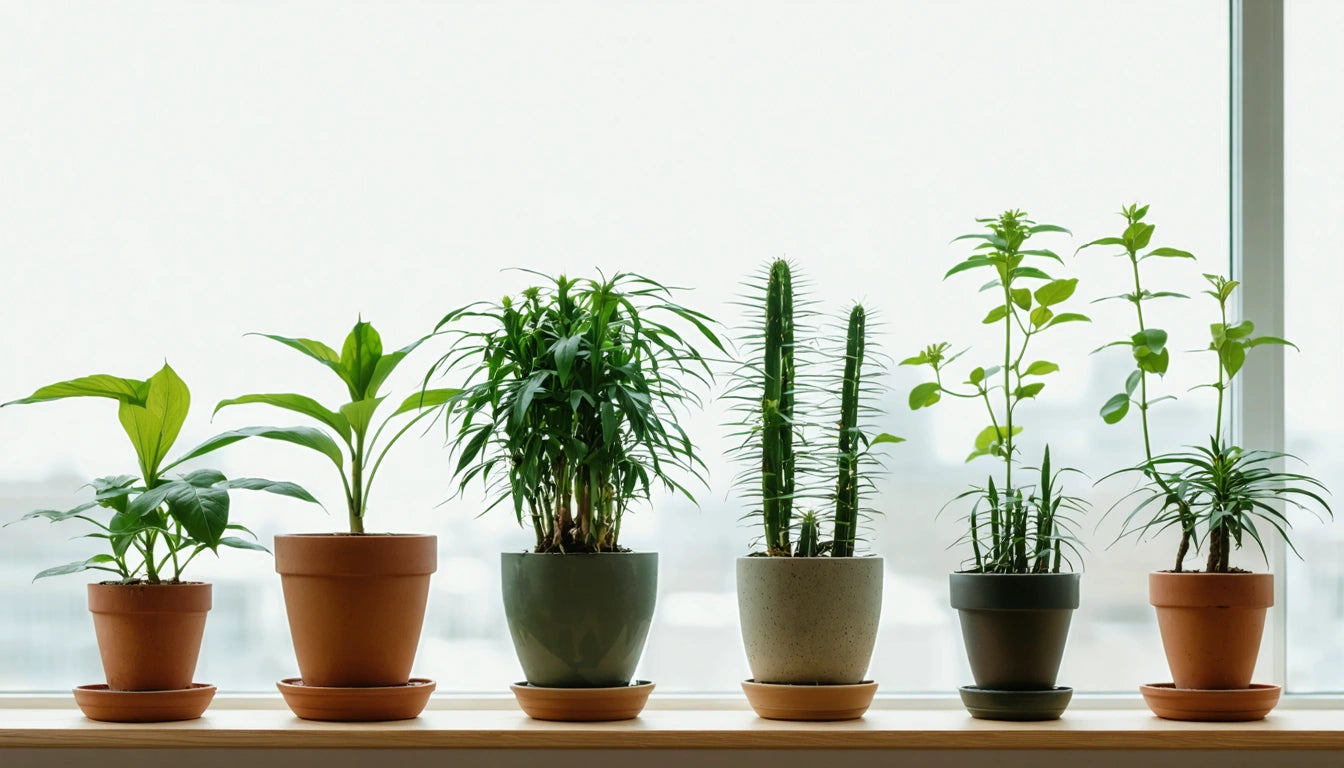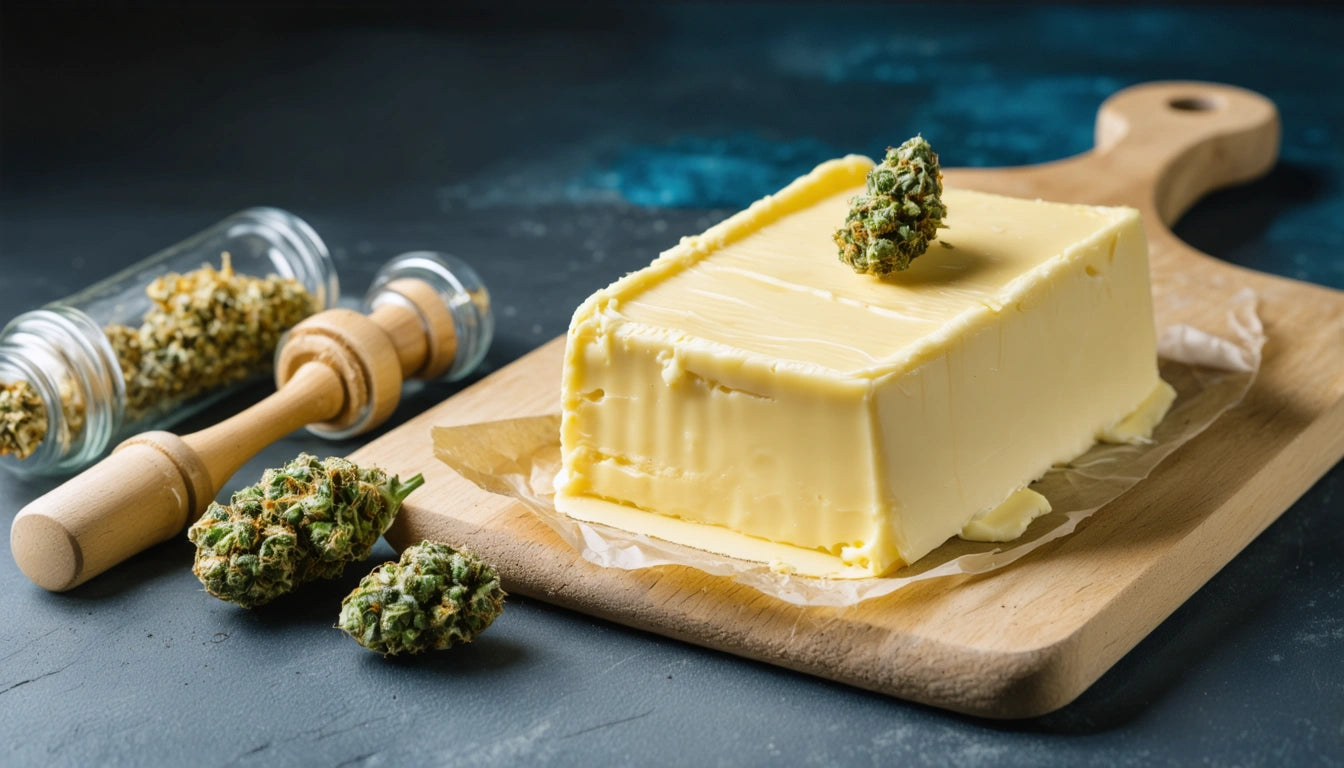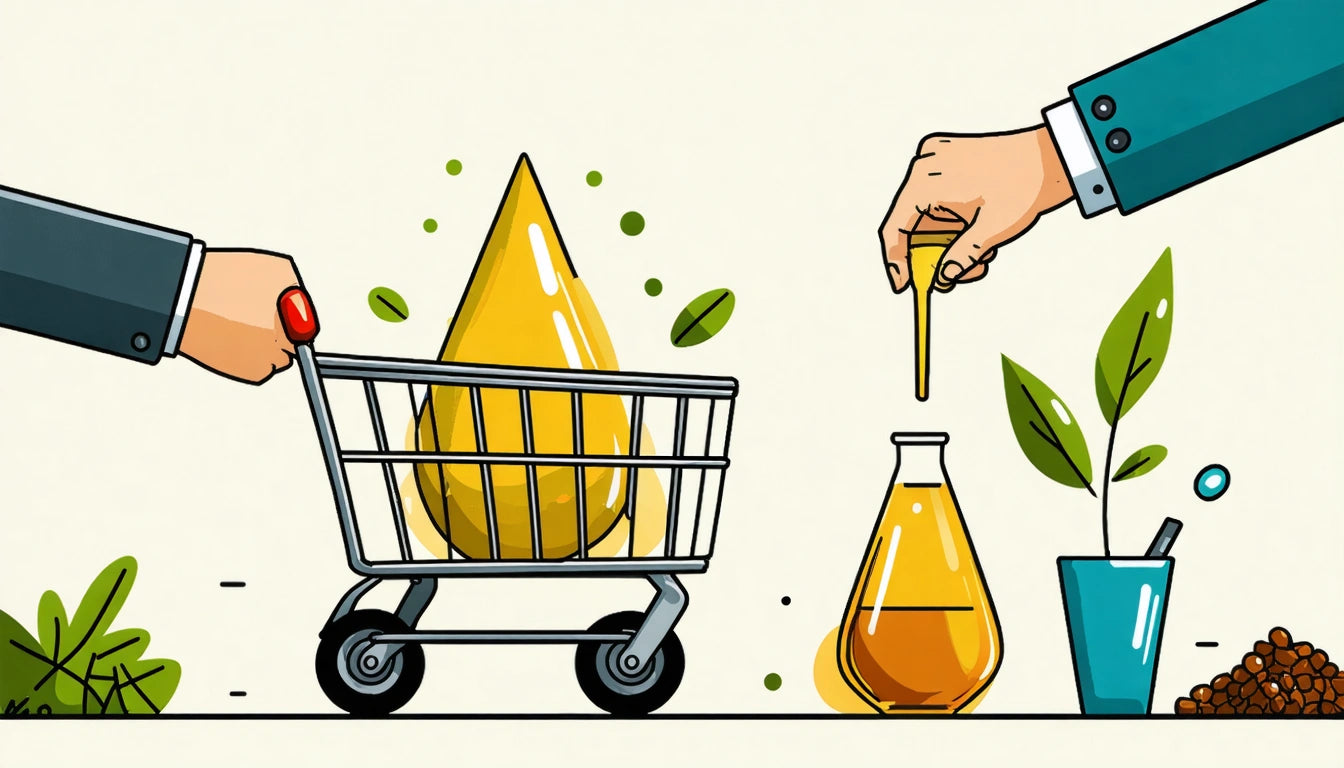Table of Contents
- Importance of Identifying Plant Sex in Cannabis Cultivation
- When to Identify Sex in Cannabis Plants
- Visual Indicators of Male Cannabis Plants
- Visual Indicators of Female Cannabis Plants
- Hermaphrodite Cannabis Plants: Identification and Management
- Practical Tips for Accurate Sex Identification
- Cultivation Strategies Based on Plant Sex Identification
How to Distinguish Between Male and Female Marijuana Plants
Understanding how to tell male and female pot plants apart is a crucial skill for cannabis cultivators. Whether you're growing for personal use or commercial purposes, identifying plant sex early can save time, resources, and prevent unwanted pollination. This guide will walk you through the visual indicators and timing considerations to help you accurately identify the sex of your cannabis plants.
Importance of Identifying Plant Sex in Cannabis Cultivation
Cannabis is a dioecious plant species, meaning it produces separate male and female plants. For most cultivators, female plants are the primary focus as they produce the resin-rich flowers (buds) containing higher concentrations of cannabinoids like THC and CBD. Male plants, while essential for breeding programs, are typically removed from gardens intended for flower production.
If you're wondering how to tell if pot plants are male or female, understanding this distinction is vital because:
- Female plants produce the cannabinoid-rich flowers desired for consumption
- Male plants produce pollen that can fertilize females
- Pollinated females redirect energy from cannabinoid production to seed development
- A single undetected male can pollinate an entire grow operation
When to Identify Sex in Cannabis Plants
Cannabis plants reveal their sex during the pre-flowering stage, which typically begins when the photoperiod shifts to 12 hours of light and 12 hours of darkness. However, experienced growers can identify male and female cannabis plants earlier by looking for pre-flowers.
Pre-flowers usually appear between the fourth and sixth week from germination, even under vegetative light cycles. They develop at the nodes where branches meet the main stem. Using a magnifying glass or jeweler's loupe can help identify these early sex indicators.
Visual Indicators of Male Cannabis Plants
Learning how to identify male pot plants is essential for preventing pollination. Male pre-flowers typically appear earlier than female pre-flowers, often by 7-10 days. Here's what to look for:
Male Pre-flowers
Male pre-flowers resemble small, round balls or sacs on a short stalk. These pollen sacs will eventually open and release pollen if allowed to mature. Visual guides to male cannabis plants show these distinctive structures clearly.
Growth Patterns
Male plants often exhibit these characteristics:
- Taller, less bushy growth habit
- Fewer leaves compared to females
- Thicker, sturdier stalks
- Faster vertical growth
- Clusters of pollen sacs that resemble small bananas
Visual Indicators of Female Cannabis Plants
If you're wondering what does a female pot plant look like, there are several distinctive features to observe:
Female Pre-flowers
Female pre-flowers appear as small, teardrop-shaped structures with a pair of white hair-like pistils emerging from the top. These pistils are the plant's reproductive organs designed to catch pollen. Comprehensive guides on female identification can help you spot these early signs.
Growth Patterns
Female plants typically display:
- Bushier growth with more lateral branching
- More leaves, especially near the top
- Clusters of calyxes that develop into flowers
- White pistils that extend from the calyxes
- Higher concentration of trichomes as flowering progresses
Once you know how to tell the difference between male and female pot plants, you'll need proper storage solutions for your harvested flowers. Many cultivators use specialized mylar bags designed for eighth-ounce quantities to maintain freshness and potency after processing.
Hermaphrodite Cannabis Plants: Identification and Management
Cannabis plants can sometimes develop both male and female reproductive organs, becoming hermaphrodites or "hermies." This typically occurs due to stress factors such as:
- Light leaks during dark periods
- Temperature extremes
- Physical damage
- Nutrient deficiencies
- Genetic predisposition
Hermaphrodite plants can self-pollinate and pollinate other females, making them potentially problematic in a garden focused on seedless flower production. Understanding these differences is crucial for successful cultivation.
Practical Tips for Accurate Sex Identification
To accurately determine how to tell if a pot plant is female or male:
- Check plants daily once they reach 4-6 weeks from germination
- Focus on the nodes (where branches meet the main stem)
- Use a magnifying tool for better visibility
- Compare multiple pre-flowers on the same plant for consistency
- Monitor plants closely during the first week of flowering
Remember that some strains may show sex earlier or later than others. Indica-dominant varieties often reveal their sex earlier than sativa-dominant strains.
Cultivation Strategies Based on Plant Sex Identification
Once you can confidently tell male and female pot plants apart, you can implement strategic cultivation practices:
For Flower Production
If your goal is to produce seedless, resinous flowers:
- Remove male plants as soon as they're identified
- Maintain separate growing areas if keeping males for breeding
- Monitor for hermaphrodites regularly, especially during early flowering
- Consider starting with feminized seeds to reduce male occurrence
For Breeding Programs
If you're intentionally breeding plants:
- Isolate selected male plants from your main growing area
- Collect pollen from males with desirable traits
- Apply pollen selectively to specific branches of female plants
- Label pollinated branches clearly to track genetics
By mastering how to tell between male and female pot plants, you gain greater control over your cultivation outcomes, whether you're growing for personal use or developing new strains through selective breeding.











Leave a comment
All comments are moderated before being published.
This site is protected by hCaptcha and the hCaptcha Privacy Policy and Terms of Service apply.